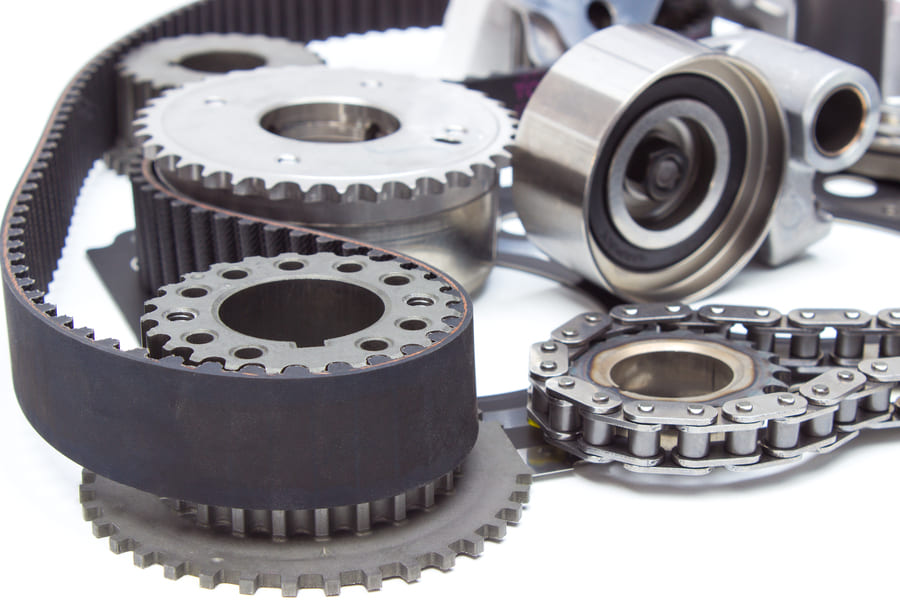
Why is timing important?
There are several moving components in an engine that are all timed precisely and in synchronisation with each other to ensure that the unit runs smoothly. If the camshaft or crankshaft is misaligned or the valve and piston timing is off, the whole ignition process could be disrupted, causing engine misfires, overheating and other issues.
What does the timing belt or chain do?
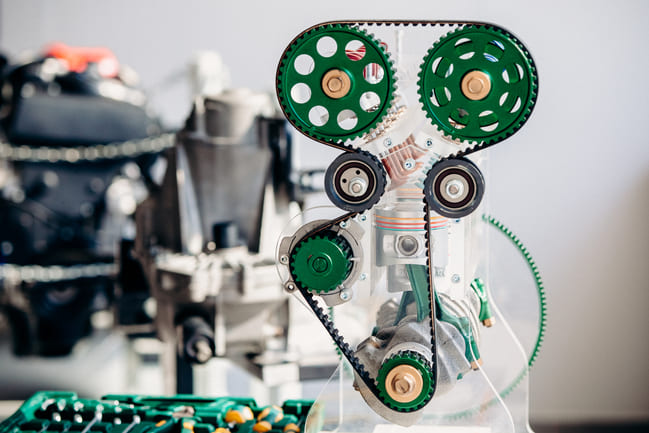
The timing belt, also known as a cam belt, connects the camshaft and crankshaft and synchronises their movements. The camshaft rotates to open and close the engine valves letting fuel and air pass through. This has to be perfectly in sync with the movement of the pistons which is controlled by the crankshaft. If the timing belt or chain is damaged or slips off, it could lead to serious damage or engine failure.

Timing belts vs timing chains
These two types of timing components follow the same operating principles, but there are two key differences. First of all, the belts are usually made from reinforced rubber, whereas chains are made of metal, often resembling bicycle chains. The second difference is the location of the components. Cam chains are normally housed inside the engine itself and lubricated with oil, and belts are often installed outside of the engine. However, some carmakers use welt belts which are internal components that also use motor oil for lubrication.
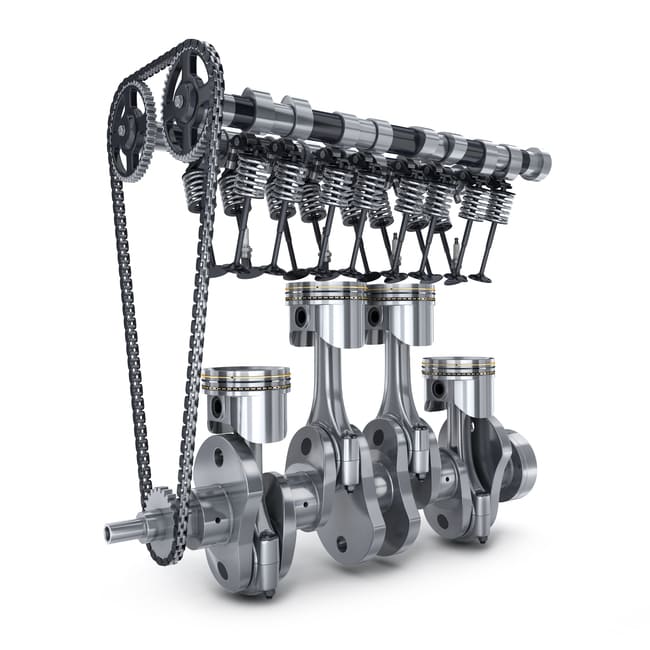
Due to its material, chains tend to be much more durable than timing belts. The rubber is much more vulnerable to cracking, stretching, and mechanical wear, requiring regular replacement intervals. On the other hand, in general, these external belts are easier and sometimes cheaper to replace. Their other main advantage is that they aren’t as noisy as the metal chains.
How often do they need to be replaced?
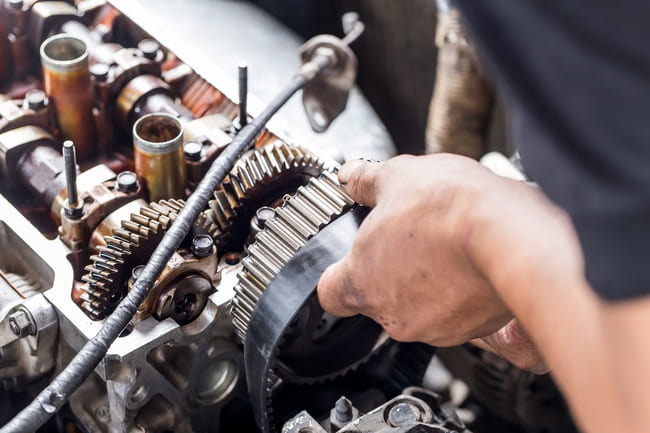
A high-quality timing chain can last as long as the car it is installed in, however, experts advise people to have the component serviced every 100,000 miles to prevent tension related problems. There are several factors which can contribute to chain damage. For example, if you use the wrong type of motor oil or the oil isn’t changed regularly, it can cause the plates and pins to wear, as well as stretching.
As mentioned previously, you should change the timing belt at regular intervals. Many manufacturers recommend changing the belt and tensioners every 60,000 miles for maintaining the engine’s performance. However, some advanced products can last up to 100,000 miles or 7 to 10 years.
Signs of a bad timing belt or chain
Regardless of which type of component your car uses, here are some of the most common symptoms to look out for:
Can you drive a car with a bad timing chain or belt?
If the component is faulty, it can make the car very difficult to drive. Even if you can drive it, it is strongly advised against because the risk of engine failure or serious damage is too high. If you suspect that there is a problem with the engine timing system, you should seek help from a professional as soon as possible.


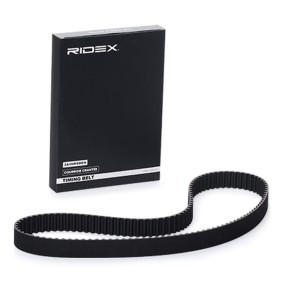



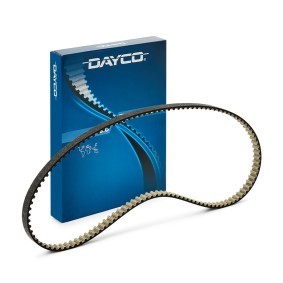






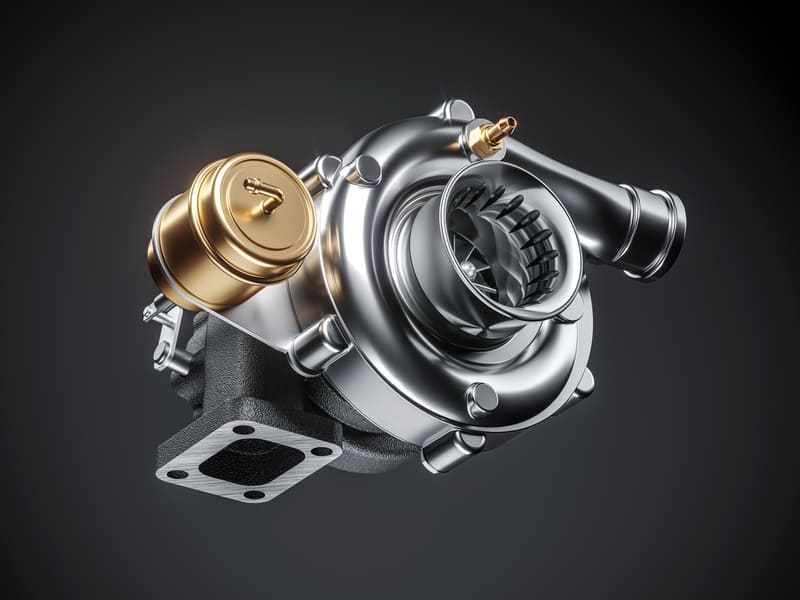
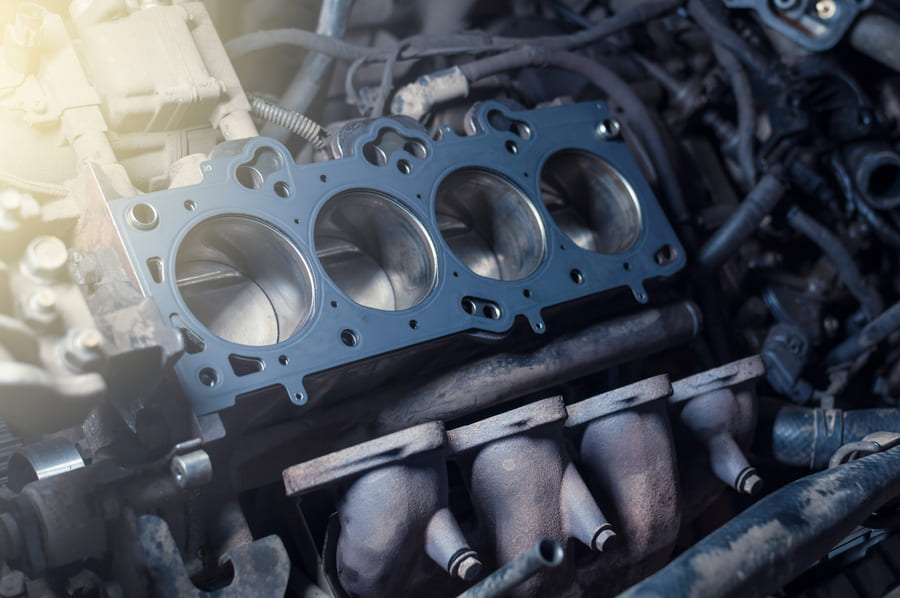
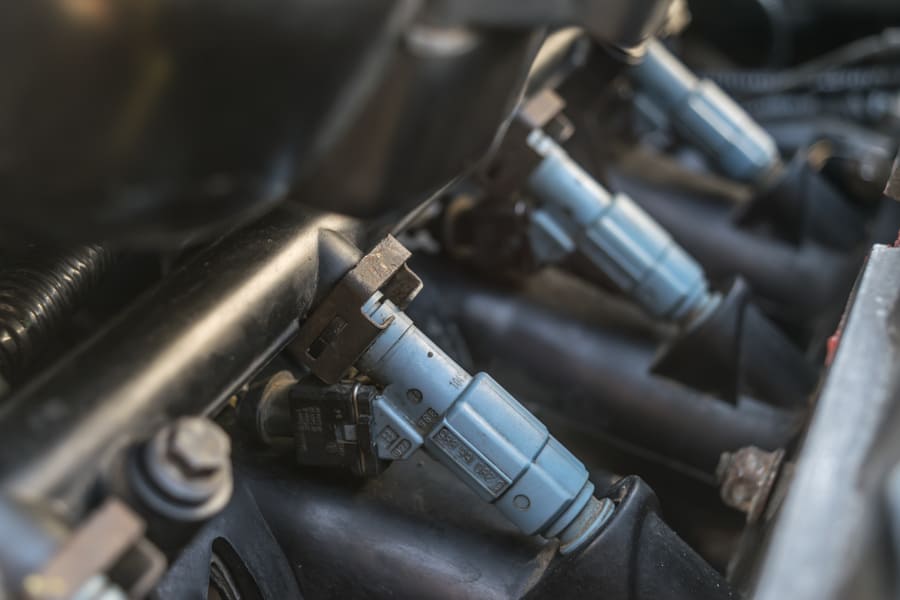
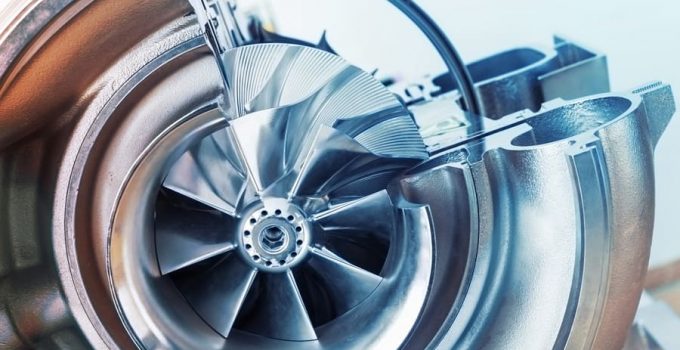
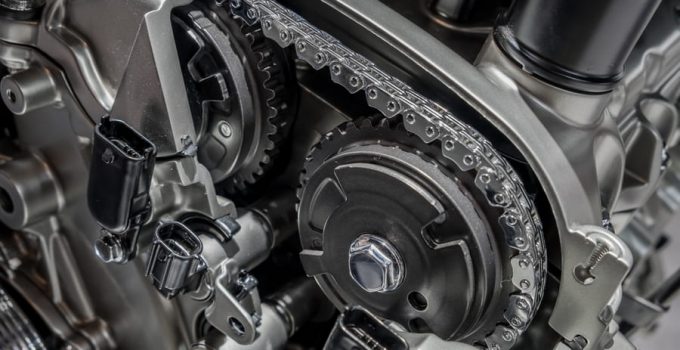
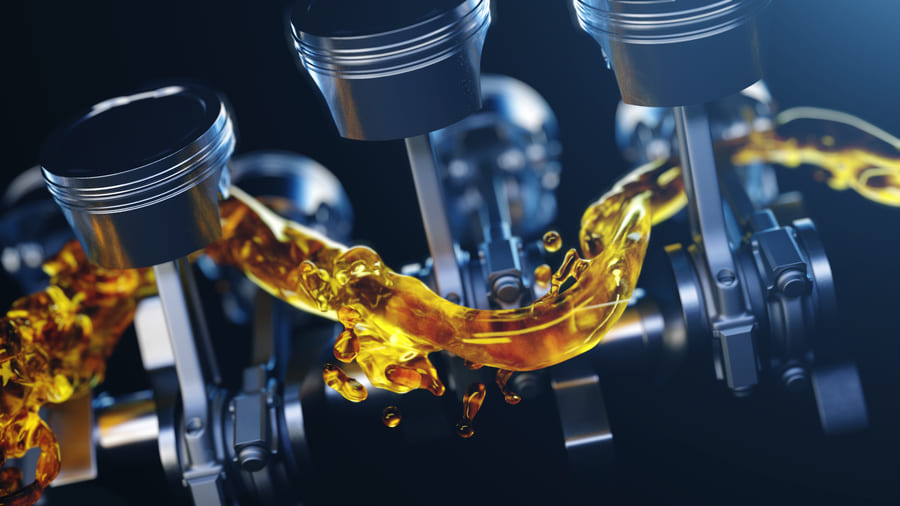
Comment